Search Images
Browse Content (p. 1614)

Image
Ancient Egyptian Music and Dancing
This painting from the Tomb of Nebamun (c. 1350 BCE) shows women making music and other almost naked women dancing.
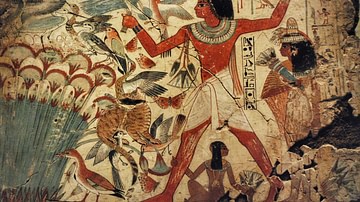
Image
Egyptian Hunting in the Marshes
These paintings from the tomb of Nebamun (c. 1350 BCE) show the New Kingdom period accountant Nebamun hunting birds in the marshes of Egypt. He is accompanied by his wife and daughter. Scenes like these of the deceased enjoying himself were...
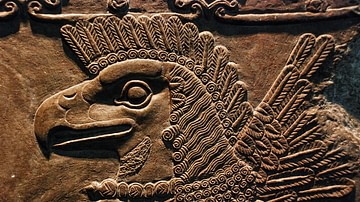
Image
Eagle-Headed Protective Spirit
Detail of the head of an Assyrian protective spirit with the head of an eagle, found in the temple of Ninurta at Kalhu (Nimrud), c. 865-860 BCE.
The British Museum, London.
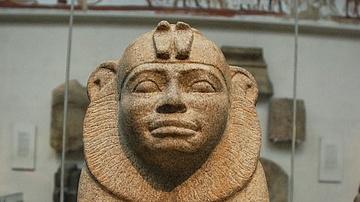
Image
Taharqa Sphinx
Granite sphinx of Taharqa, 25th Dynasty, c. 690-664 BCE. This statue from Kawa (Temple T) in Sudan shows the Pharaoh's face on a Lion figured sphinx, a form of royal representation borrowed from Middle and New Kingdom art. Taharqa was...
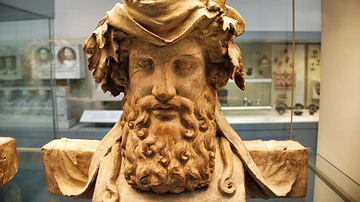
Image
Terracotta Bust of Bacchus
This is a terracotta bust of the Roman wine-god Bacchus, 50-100 CE. Found near Porta Latina, Rome. Townley Collection, Terracotta D 432, British Museum, London, UK.
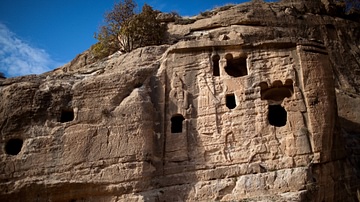
Image
Assyrian Rock Carvings
Rock carvings of King Sennacherib I in Kenis, Iraq. At this point water from the Gomel Gorge was diverted into the Atrush Canal to provide water for the Assyrian city of Nineveh.
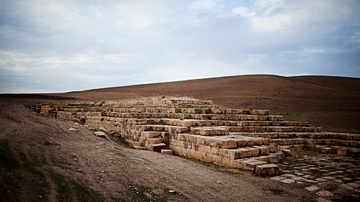
Image
Jerwan Aqueduct
These are the remains of the oldest known aqueduct in the world. The Jerwan Aqueduct was constructed by king Sennacherib I of Assyria between 703 and 690 BCE. It represents a great feat of Assyrian engineering. The aqueduct was transporting...
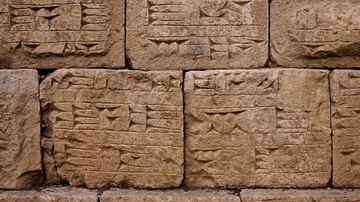
Image
Jerwan Aqueduct Inscription
Cuneiform writing on the Jerwan Aqueduct (703-690 BCE). King Sennacherib I of Assyria made sure that, thousands of years later, people would know that it was he who ordered the construction of this feat of Assyrian engineering.

Image
Roman Road Surface
A section of a Roman road with a typical polygonal stone surface. The stones also show the ruts made by Roman wheeled vehicles. This section is beneath the Arco dei Gavi, a 1st century CE arch in Verona, Italy.
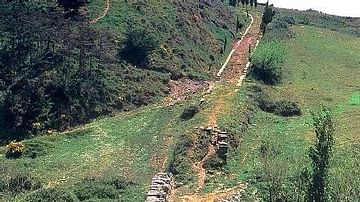
Image
Roman Road, Spain
A section of surviving Roman road near Cirauqui in northern Spain. The curb stones can be clearly seen, a common feature of Roman roads.